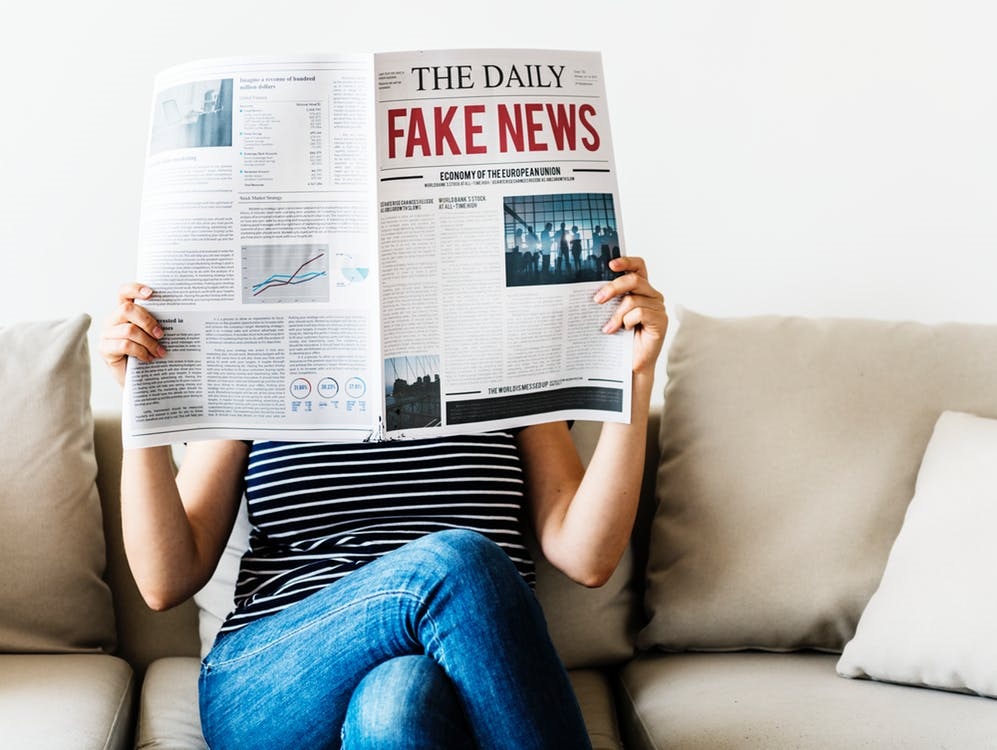What did you have for lunch today? What about last Tuesday? What about three weeks ago last Tuesday? Honestly, I have no clue what I had for lunch last Tuesday, let alone three weeks ago. And yet, these are the kinds of questions we regularly ask people who participate in questionnaire, focus group, and interview research.
 Sometimes it seems like we expect research participants to have memory storage capabilities of a 500 terabyte computer. We expect them to instantly recollect every brand, size, flavour, colour, and intimate detail of things they’ve bought not just yesterday, but weeks or years ago.
Sometimes it seems like we expect research participants to have memory storage capabilities of a 500 terabyte computer. We expect them to instantly recollect every brand, size, flavour, colour, and intimate detail of things they’ve bought not just yesterday, but weeks or years ago.
Certainly, we can do a better job in our questioning by focusing on more realistic time frames such as the last few days rather than the last few weeks or months. We can also focus on more realistic details for recollection – not precise SKUs and prices but rather usual sizes and prices. And, we can give people the benefit of the doubt when they are unable to recall something and not penalize them for being uncooperative or lazy about the research process.
With all this uncertainty, however, it brings to mind the question of how much of our recall data is fact versus fiction. What we had for breakfast this morning – probably fact. What we had for lunch three months ago – probably fiction. But within an acceptable margin of error.
What about when we ask people about the brands they’ve bought years ago? How much of that is fact versus fiction. We know that recall data contains a lot of fiction. That’s a fact.
But is that fiction bad? Is it a mistake? Is it fake news? Should we worry?
I’m going to suggest that that data is absolutely right. It is valuable and important, and we shouldn’t worry that poor recall has made it not precisely, perfectly accurate.
If researchers really wanted precise, factual data, they would have used transactional data (assuming people are members of a relevant, accessible loyalty program and only their own purchases were made using their loyalty card). That data, for the most part, is reasonably factual.
But when you’re ask for ‘factual’ data in recall research, you’re also gathering extremely important facts about people’s beliefs, perceptions, opinions, and the impact of marketing. Asking people to recall which brands and SKUs they’ve purchased helps you to also understand the impact that marketing has had on them. For instance, which brands succeeded in generating awareness and consideration regardless of whether a purchase was made.
Whether the recall is precisely factual or includes some fake news, it is still recall and it is a still one person’s perception of fact. As long as you choose the best research method to for the research objective and you understand the pros and cons of what you’re getting, then you’re getting valuable data. And that’s a fact.
You might like to read these:
- 9 Essential Checks for a Questionnaire Pilot Test
- Advantages of Qualitative Research: System 1, Serendipity, and a Bird in the Hand
- How To Design an Effective Mystery Shopper Process Flow
- How to design market research telephone interviews that generate top quality data


